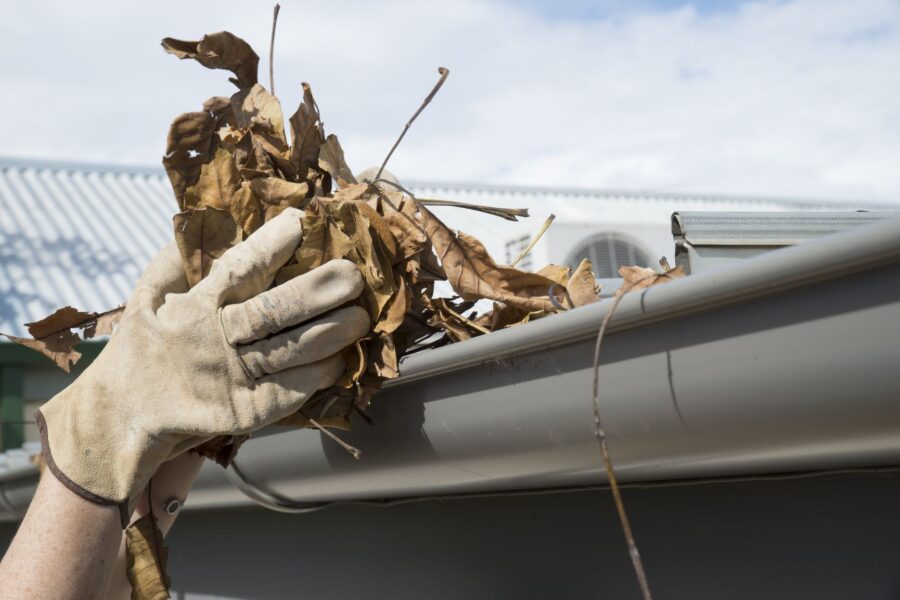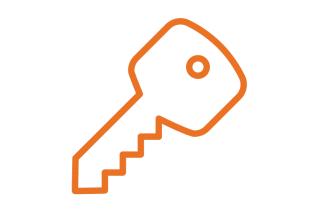Property maintenance tips for landlords
Whether it is your first time as a landlord or you are an experienced property manager, it is important to be proactive when it comes to the property maintenance at your rental property.
Property repairs can often seem to come at the most inappropriate times, however there are some steps that landlords can take to minimise or prevent their properties maintenance.
Here we discuss some property maintenance tips for landlords that will help them keep on top of their property maintenance, protect their investment and hopefully even to foresee any damage and repairs.
Know your legal obligations
When leasing a property in Australia, the onus is on the owner to make sure the property meets the standards of their State’s Tenancies Act and to maintain the property in a good and habitable condition. When it comes to the maintenance of specific items that landlords are accountable for it can vary widely depending on the location of your rental property. Therefore, it’s crucial to be familiar with the state or territory laws and codes that relate to your obligations. If you don’t know the laws affecting your rental property investment, you can look up your state’s guidelines to be fully informed.
Be responsive
As the tenants are the ones occupying the home, they are likely to find most property issues first. It is advisable to respond to tenant requests as efficiently as possible. This will keep your property in good condition and also keep your tenants happy. A happy tenant will help minimise your occupancy turnover.
Maintenance schedule
To make sure the property remains in good condition, to achieve good rental returns, a landlord should have a regular maintenance schedule. By having a maintenance schedule, you can often prevent or foresee any large issues or emergencies. Or, at least before they become too costly.
One of the best times to schedule larger property maintenance projects is when the property is vacant. Or just before a tenant moves in or when the lease is renewed. Otherwise the regular property inspections are the best time.
At regular inspections make sure the following things are checked (as a minimum):
- appliances
- flooring
- kitchen and bathroom cabinets
- roofing
- wet areas for waterproofing, mould, and tiles cracks that may mean water damage or leaks
- smoke and carbon monoxide detector checks and annual battery replacement
- check for pests
- changes in the building and foundations, ie large cracks
Seasonal maintenance is also advisable and should be included in the schedule. This includes checking and cleaning gutters in spring and autumn and changing the air conditioner and heater filters as per the manufacturers specifications.
Also make sure to plan or allow for product and appliance lifespans and wear and tear. Such as replacing an old dishwasher before it breaks down or repainting and replacing flooring every 6-9 years. This can allow you to buy in advance to maximise price benefits from sales. This can save you a lot of money as compared to emergency repairs.
Low-maintenance landscaping
In the interest of both the landlord and the tenant, it is advisable to keep landscaping of the property as low maintenance as possible. This will keep maintenance for you and your tenant at a minimum and also ensure that the property is aesthetically pleasing all year round.
If the properties landscaping needs simplifying, researching low maintenance gardens (for your location and yard size) can assist in keeping your work to a minimum.
Be consistent
If you have one or many rental properties, it can be best to keep it simple and consistent and use the same flooring, paint, hardware and appliances in all of them. This can save you time and effort, and avoid confusion with multiple properties. If one of the tenants needs a bucket of paint to fix a wall, you will know exactly what colour they need.
Also choose the best options for your properties, using durable materials such as tile, hardwood, laminate, or carpet as long lasting flooring options. Neutral coloured paints such as whites, greys and beiges are the best tones for rental properties. Neutrals are more versatile and easiest to repaint and hide imperfections.
Hire professionals
You can choose to do property maintenance either DIY or using professionals. However, it’s important to remember that if the job is related to plumbing or electrical, by law a professional must be used. Always make sure that you hire a licenced professionals and that they have valid insurance cover.
If you choose not to do other maintenance yourself, it is recommended to find a good, trustworthy and reliable handyman. And work at having a trusting relationship with them. This can make all the difference when it comes to efficient repairs.
Reserve bank account
To make sure, that you are prepared for anything, it is a good idea to make sure you have funds set aside for your property(s).
This will help with any unexpected maintenance work that needs to be done and help you be prepared financially. It is recommended that landlords budget a set amount for this reserve account. One rule of thumb is to set aside 1% of the property value each year.
Actual maintenance expenses will vary from year to year. However, having a reserve account can help you rest easy knowing that you are at least somewhat prepared.
References:
lagunarealestate.com.au/tips-for-landlords-property-maintenance-is-key
www.bricksandagent.com/blog/tips-rental-property-maintenance
landlordgurus.com/8-rental-property-maintenance-tips-for-landlords/
www.mcguirepropertymanagement.com/rental-property-maintenance-tips











